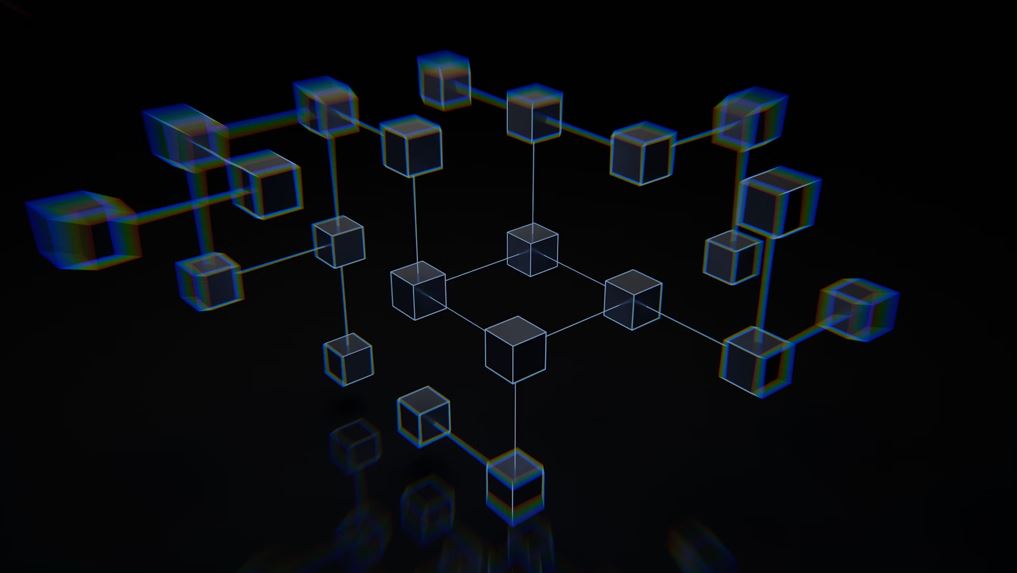The Pi Network a blockchain project aiming to make cryptocurrency mining accessible to the masses through mobile phones, has sparked debate and curiosity in equal measure. As with any emerging technology, especially in the volatile world of cryptos, it’s crucial to separate fact from fiction.
Foundational Technology and Community Engagement
Founded by Stanford-educated professionals, the Pi Network is built on a modified version of the Stellar Consensus Protocol (SCP), a protocol known for its low energy consumption and efficient processing capabilities. This choice reflects the network’s commitment to sustainability and inclusivity, distinguishing it from energy-intensive cryptocurrencies like Bitcoin.
The network’s impressive growth, boasting millions of active users globally underscores its scale and also contributes significantly to its security and overall development. The widespread participation also fuels interest in the financial aspects of the network, leading to active discussions and speculations around PI coin price prediction, which further attracts attention to the platform’s potential value in the cryptocurrency market.
Community’s Role in Growth
- Security: A large and active community contributes to the security of the network through widespread participation in the consensus process.
- Feedback and Development: Users’ feedback drives continuous improvement and adaptation of the platform, helping it stay relevant and user-friendly.
- Innovation and Idea Generation: The active participation of a global community fosters a rich breeding ground for new ideas and innovations, which can drive the evolution of the network’s technology and applications.
- Scalability and Network Growth: As more users join and participate, the network becomes more robust and capable of handling increased transaction volumes, which is essential for the long-term viability of any blockchain network.
- Marketing and Visibility: A dedicated community acts as a natural marketing tool, spreading awareness and encouraging new users to join.
Criticisms and Concerns
Despite its novel approach, Pi Network faces criticism, particularly regarding its MLM-like referral system. Critics argue that the emphasis on referrals over products can be a red flag typical of pyramid schemes. However, it’s important to note that Pi Network does not require monetary investment to mine its cryptocurrency, which is a departure from typical MLMs.
The lack of exchange listings is another significant concern. As of now, Pi coins cannot be traded on mainstream cryptocurrency exchanges, which limits their liquidity and practical utility. This has understandably led to frustration among users eager to capitalize on their mined coins.
Economic and Exchange Concerns
- Market Acceptance: The real test of Pi’s value will come when and if it is listed on cryptocurrency exchanges, allowing for market-driven price discovery.
- Utility and Adoption: For Pi coins to hold long-term value, they must be usable within a broader ecosystem, something the Pi Network team is reportedly developing.
- Transparency and Regulatory Compliance: Critics point out that details about the governance of the network, the specific roles and responsibilities of its leaders, and the legal framework under which it operates are not clearly outlined.
Economic Viability and Security
Pi Network’s economic model raises questions about the long-term viability and stability of Pi coins. The potential dilution of value due to the wide distribution through mining is a concern; however, the network plans to counterbalance this through a variety of utilities and services that use Pi as a transaction medium.
Security is a priority for the Pi Network, which has implemented KYC protocols to verify the identity of its users, reducing the risk of fraud and ensuring compliance with regulatory standards. This is a step toward establishing legitimacy and trustworthiness in the digital finance space.
Security Measures
- KYC Verification: Enhances security by ensuring that all participants are verified, reducing anonymity and potential fraud.
- Network Safeguards: Regular updates and security protocols to protect users’ digital assets and data.
- Community-Driven Security Enhancements: The Pi Network leverages its active users to enhance network security through crowd-sourced monitoring and reporting mechanisms.
Future Prospects and Final Thoughts
The future of the Pi Network largely depends on its transition to an Open Mainnet, the development of its marketplace, and acceptance by the broader cryptocurrency community. Its innovative approach has the potential to make cryptocurrency mining and usage accessible to a much wider audience, challenging the traditional complexities and barriers associated with blockchain technology.
As Pi Network navigates these challenges, potential miners and investors should remain informed and cautious. Observing the network’s progress toward its stated goals and waiting for more concrete developments, like exchange listings and real-world utility, will be crucial before making any substantial commitments.
In conclusion, while the Pi Network presents a unique and potentially revolutionary idea, its legitimacy and future success will hinge on its ability to deliver on promises and transition into a fully operational network that provides real-world utility for Pi coins. As with any emerging technology especially in the cryptocurrency space due diligence and a cautious approach are advisable.
Disclaimer: The statements, views and opinions expressed in this article are solely those of the content provider and do not necessarily represent those of Crypto Reporter. Crypto Reporter is not responsible for the trustworthiness, quality, accuracy of any materials in this article. This article is provided for educational purposes only. Crypto Reporter is not responsible, directly or indirectly, for any damage or loss caused or alleged to be caused by or in connection with the use of or reliance on any content, goods or services mentioned in this article. Do your research and invest at your own risk.

